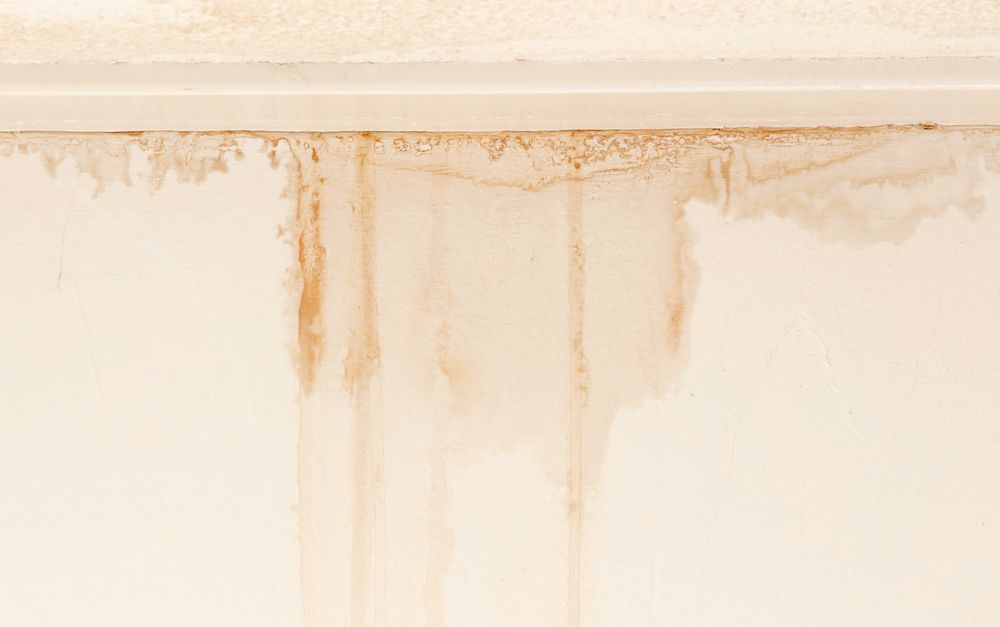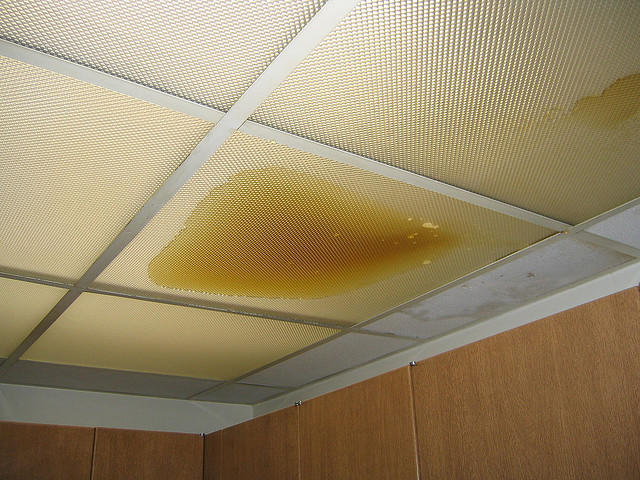Have you been interested in critical information on Locating water leaks?

Early discovery of leaking water lines can minimize a prospective disaster. Some small water leaks may not be noticeable.
1. Take A Look At the Water Meter
Inspecting it is a surefire way that aids you uncover leakages. If it relocates, that suggests a fast-moving leakage. This implies you may have a slow-moving leakage that could also be below ground.
2. Check Water Intake
If you detect unexpected changes, despite your intake being the very same, it suggests that you have leakages in your plumbing system. A sudden spike in your costs shows a fast-moving leakage.
A consistent boost every month, even with the very same behaviors, reveals you have a slow-moving leakage that's likewise slowly escalating. Call a plumber to thoroughly examine your residential or commercial property, specifically if you really feel a warm area on your flooring with piping beneath.
3. Do a Food Coloring Examination
When it comes to water consumption, 30% comes from bathrooms. If the shade somehow infiltrates your bowl throughout that time without flushing, there's a leakage between the storage tank and bowl.
4. Asses Outside Lines
Don't forget to check your outdoor water lines also. Must water seep out of the link, you have a loose rubber gasket. One little leak can waste tons of water and increase your water bill.
5. Evaluate as well as Assess the Scenario
Homeowners must make it a behavior to check under the sink counters and also also inside cabinets for any type of bad odor or mold and mildew growth. These two red flags suggest a leakage so prompt interest is called for. Doing routine evaluations, also bi-annually, can save you from a major problem.
A lot more notably, if you recognize your residence is currently old, maintain a watchful eye on your heaters, hoses, pipes and so on. Look for discolorations and weakening as most pipelines and also home appliances have a life expectancy. They will certainly likewise naturally weaken due to tear as well as wear. If you suspect dripping water lines in your plumbing system, don't await it to intensify. Call an expert plumber immediately so you do not end up with a terrible mess in your house.
Early detection of dripping water lines can minimize a potential catastrophe. Some tiny water leaks may not be visible. Checking it is a surefire way that assists you find leaks. One small leak can lose lots of water as well as spike your water bill.
If you presume leaking water lines in your plumbing system, don't wait for it to escalate.
WARNING SIGNS OF WATER LEAKAGE BEHIND THE WALL
PERSISTENT MUSTY ODORS
As water slowly drips from a leaky pipe inside the wall, flooring and sheetrock stay damp and develop an odor similar to wet cardboard. It generates a musty smell that can help you find hidden leaks.
MOLD IN UNUSUAL AREAS
Mold usually grows in wet areas like kitchens, baths and laundry rooms. If you spot the stuff on walls or baseboards in other rooms of the house, it’s a good indicator of undetected water leaks.
STAINS THAT GROW
When mold thrives around a leaky pipe, it sometimes takes hold on the inside surface of the affected wall. A growing stain on otherwise clean sheetrock is often your sign of a hidden plumbing problem.
PEELING OR BUBBLING WALLPAPER / PAINT
This clue is easy to miss in rooms that don’t get much use. When you see wallpaper separating along seams or paint bubbling or flaking off the wall, blame sheetrock that stays wet because of an undetected leak.
BUCKLED CEILINGS AND STAINED FLOORS
If ceilings or floors in bathrooms, kitchens or laundry areas develop structural problems, don’t rule out constant damp inside the walls. Wet sheetrock can affect adjacent framing, flooring and ceilings.
https://www.servicemasterbyzaba.com/blog/how-to-detect-water-leakage-in-walls/

I am very drawn to Detecting hidden plumbing leaks and I hope you appreciated my blog posting. Sharing is good. Helping people is fun. Thanks for going through it.